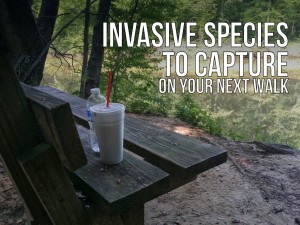 Hiking, biking and paddling in our favorite parks and along our favorite trails is a great way to connect with nature. But, if you frequent these natural areas you will begin to notice the troubling trend of certain types of invasive species.
Hiking, biking and paddling in our favorite parks and along our favorite trails is a great way to connect with nature. But, if you frequent these natural areas you will begin to notice the troubling trend of certain types of invasive species.
The good news is, the ones I am about to list are easy to capture. In fact, most parks and other public lands encourage visitors to capture them and store them in strategically located canisters where they are collected by professionals.
The bad news is that these common invasive species pose a great threat to the native animals, and to the environment as a whole, if left in the wild. The majority of these invasive species pose little threat to hikers collecting them and are easily contained in bags until secured in a suitable drop-off canister.
Let’s take a look at some of the most common invasive species you will run across during your hikes, nature walks, biking and paddling.
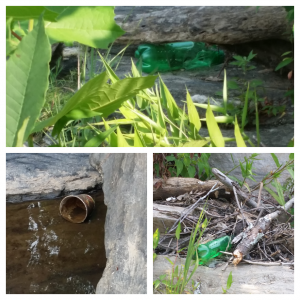 In this photo you will find Botticula Plasticus Spritus (top, bottom right) and Cupica Plasticus Aquatica (bottom left). You will often find Botticula Plasticus, of any variety, conveniently located right along the trail you’re walking. Cupica Plasticus Aquatica has poor swimming ability and is usually found in shallow water where it finds shelter among river rocks or natural debris that has also floated down stream.
In this photo you will find Botticula Plasticus Spritus (top, bottom right) and Cupica Plasticus Aquatica (bottom left). You will often find Botticula Plasticus, of any variety, conveniently located right along the trail you’re walking. Cupica Plasticus Aquatica has poor swimming ability and is usually found in shallow water where it finds shelter among river rocks or natural debris that has also floated down stream.
Like all the invasive species I am presenting today, all varieties of Botticula Plasticus and Cupica Plasticus pose no immediate threat to humans and will peacefully allow themselves to be handled, contained in a bag and relocated to the nearest containment canister.. In fact, they are often found within arm’s length of containment canisters. This is troubling, as they may be attempting to free their mates from containment canisters. Please ensure that these individuals are safely locked inside the canisters.
 In this photo you find one of the most common variety of invasive species. Scientists do not know how these creatures mate in the wild to produce so many offspring. One theory is that humans continuously release them into the wild after they no longer prove useful.
In this photo you find one of the most common variety of invasive species. Scientists do not know how these creatures mate in the wild to produce so many offspring. One theory is that humans continuously release them into the wild after they no longer prove useful.
Botticula Plasticus Aquatica
Not only are they often found in or around water, they also have the ability to store water inside their bodies. Humans have frequently used them to carry water on long journeys. The practice is still in use, today, even though there are better and more convenient alternatives.
The bottom photo shows the common behavior of Botticula Plasticus Aquatica, which likes to collect in groups near the banks of streams and rivers.
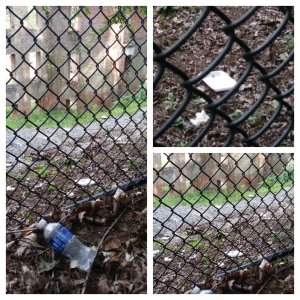 Here we see the common Botticula Plasticus along with a lesser seen Styrofoamen Boxica. This scene is particularly troubling because Styrofoamen Boxica has infiltrated a completely fenced-off, preserved and protected area of historical significance. Styrofoamen Boxica has no way to enter the fenced area on its own. So, it is likely entering the area via help from other species. This particular specimen was found in a group of 5-6 other Styrofoamen Boxica and several Botticula Plasticus.
Here we see the common Botticula Plasticus along with a lesser seen Styrofoamen Boxica. This scene is particularly troubling because Styrofoamen Boxica has infiltrated a completely fenced-off, preserved and protected area of historical significance. Styrofoamen Boxica has no way to enter the fenced area on its own. So, it is likely entering the area via help from other species. This particular specimen was found in a group of 5-6 other Styrofoamen Boxica and several Botticula Plasticus.
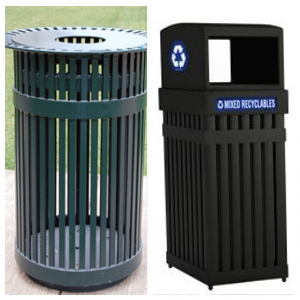 My theory is that human intervention aided the Styrofoamen Boxica in infiltrating the fenced area. Perhaps, the humans thought it was a containment facility. Here, I am providing a photo of some containment canisters specifically designed to trap these common invasive species. You can do your part to contain these invasive species by carrying along a bag to collect them and dropping them off at containment canisters.
My theory is that human intervention aided the Styrofoamen Boxica in infiltrating the fenced area. Perhaps, the humans thought it was a containment facility. Here, I am providing a photo of some containment canisters specifically designed to trap these common invasive species. You can do your part to contain these invasive species by carrying along a bag to collect them and dropping them off at containment canisters.

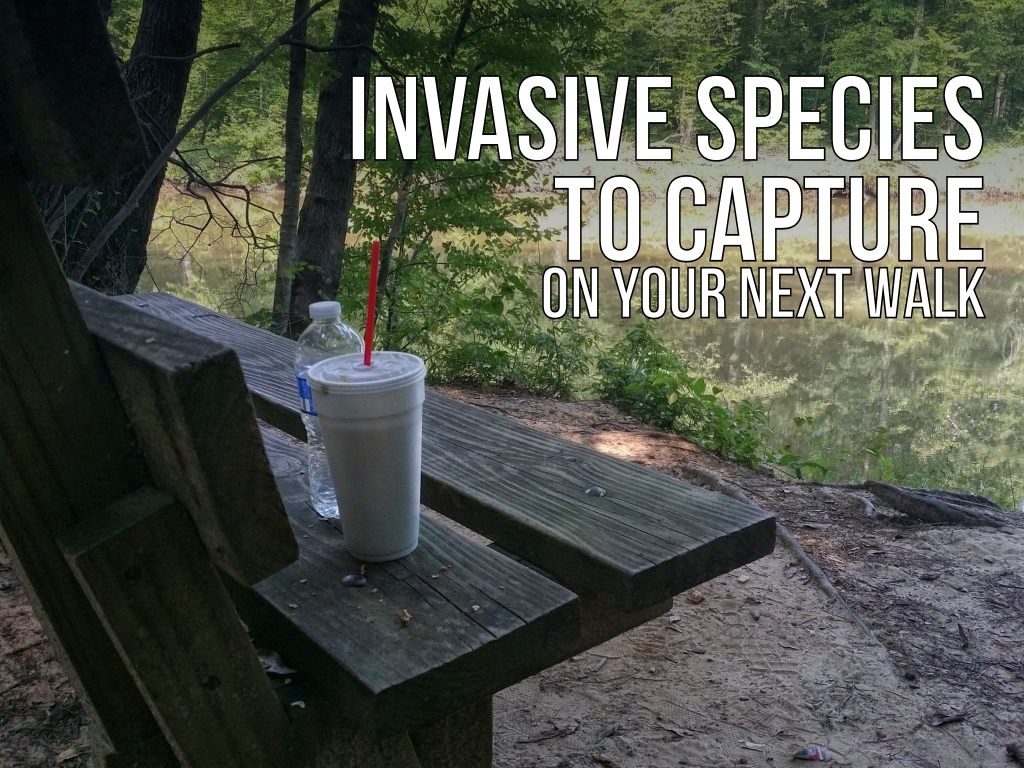
BRAVO!!!